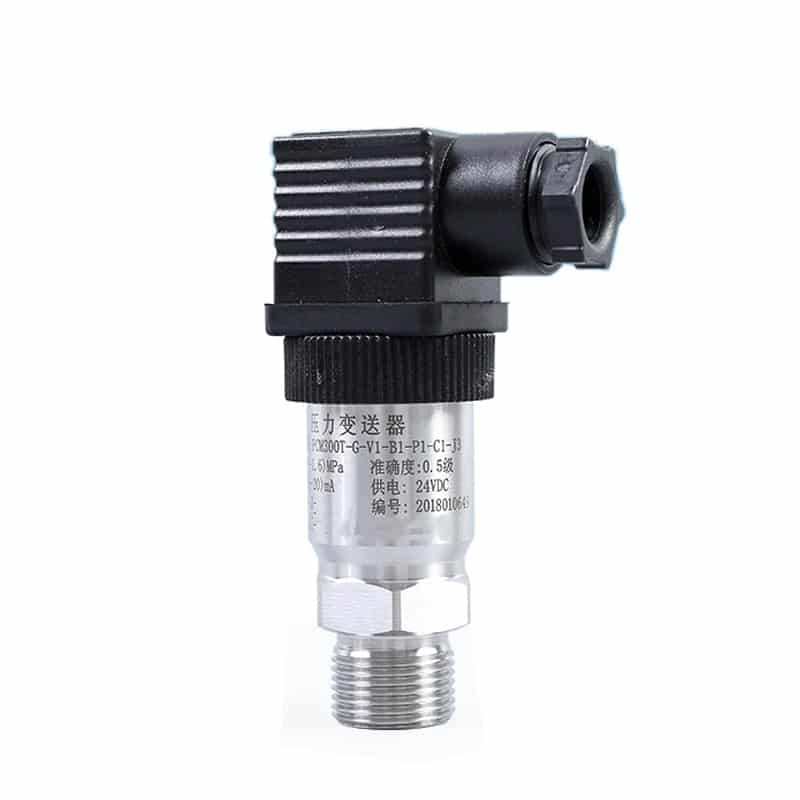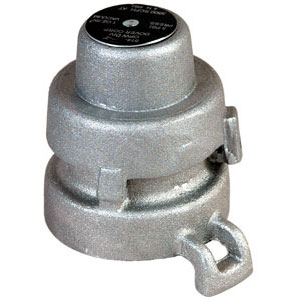Hydrostatic Level Transmitters: Accurate Liquid Level Measurement Made Easy

Keeping track of liquid levels is crucial in many industries — from water treatment plants to chemical factories. Hydrostatic level transmitters make this task simple, accurate, and reliable.
In this guide, we’ll explain what hydrostatic level transmitters are, how they work, and why they’re a smart choice for measuring liquid levels.
What Is a Hydrostatic Level Transmitter?
A hydrostatic level transmitter is a type of pressure sensor used to measure the level of a liquid in a tank or vessel. It works by detecting the pressure at the bottom of the tank, which changes depending on how much liquid is inside.
More liquid = more pressure
Less liquid = less pressure
This pressure is converted into an electrical signal, which tells you how full the tank is.
How It Works
The science behind it is simple:
Liquid in a tank creates pressure at the bottom.
The transmitter senses this pressure.
It converts the pressure into a readable value — usually in liters, meters, or percentage.
This data can be shown on a screen, sent to a controller, or logged for reports.
Hydrostatic transmitters are often installed inside tanks or mounted externally with a pipe reaching the bottom.
Where Are They Used?
These transmitters are used wherever precise liquid level measurement is needed. Some examples include:
Water treatment plants
Oil refineries
Chemical storage tanks
Food and beverage processing
Pharmaceutical plants
Rainwater harvesting systems
Why Choose Hydrostatic Level Transmitters?
Here are some good reasons why these devices are widely used:
✅ Simple Installation
Most models are easy to install.
No need for complex setup or calibration.
✅ Works in Harsh Conditions
Can handle high temperatures and pressures.
Works well with corrosive or dirty liquids.
✅ Accurate and Reliable
Offers consistent measurements over time.
Doesn’t get affected easily by foam, vapor, or bubbles.
✅ Cost-Effective
Compared to radar or ultrasonic systems, hydrostatic sensors are more affordable.
Low maintenance needs reduce long-term costs.
Key Features to Look For
If you're thinking of buying one, consider these features:
Material: Choose stainless steel or other corrosion-resistant materials.
Measuring range: Make sure it matches your tank size.
Output signal: Common types are 4-20mA or 0-10V.
Temperature range: Check if it suits your environment.
Certifications: For use in food, pharma, or hazardous zones, certification is often required.
Types of Hydrostatic Level Transmitters
Depending on your needs, there are different models:
Submersible Transmitters
Placed at the bottom of the tank
Fully waterproof
Great for deep tanks or wells
Flush Mount Transmitters
Mounted on tank walls
Ideal for thick or sticky liquids
Differential Pressure Transmitters
Measures the difference in pressure from two points
Useful for closed tanks under pressure
Maintenance Tips
While hydrostatic transmitters are low-maintenance, a few habits can help them last longer:
Clean the sensor regularly if you're measuring sticky or dirty fluids.
Check for moisture in the cable housing — use sealed connectors.
Calibrate once a year for best performance.
Avoid mechanical stress during installation.
Limitations to Know
Though versatile, these sensors do have a few limits:
Not ideal for gases or dry materials.
Pressure readings depend on liquid density — if it changes, so will the accuracy.
Requires correct placement for accurate readings.
Real-World Use Case
Imagine a food factory that stores vegetable oil in large tanks. Oil can vary in temperature and viscosity. A hydrostatic level transmitter, especially a submersible type made of food-grade stainless steel, can give consistent readings even if the tank conditions change.
With minimal wiring and no moving parts, maintenance stays simple — and production stays smooth.
Where to Learn More
For a deep dive into how hydrostatic sensors compare with other types of level measurement, check out this guide by VEGA, a trusted name in sensor technology:
👉 VEGA: Level measurement using hydrostatic pressure
Conclusion
Hydrostatic level transmitters offer a smart and simple way to measure liquid levels. They are cost-effective, accurate, and suitable for many industries. Whether you're managing a water plant or storing chemicals, this sensor can help make sure your operations run smoothly.
Note: IndiBlogHub features both user-submitted and editorial content. We do not verify third-party contributions. Read our Disclaimer and Privacy Policyfor details.




